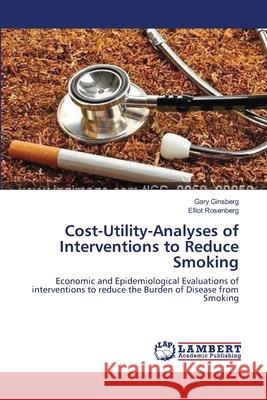Cost-Utility-Analyses of Interventions to Reduce Smoking » książka
Cost-Utility-Analyses of Interventions to Reduce Smoking
ISBN-13: 9783659177064 / Angielski / Miękka / 2012 / 60 str.
Smoking is an extremely serious, but reversible, risk factor for many chronic diseases. Multiple effective tobacco control interventions exist. No one single intervention can totally reduce the considerable smoking related burden of disease in terms of treatment costs, morbidity and mortality (around 6,000,000 deaths worldwide in 2010). Therefore, a multi-faceted approach is required, combining public health interventions such as smoke-free legislation, counter-advertising, and increased taxation with a variety of clinical and community-level prevention and cessation interventions. Public resources are limited and do not suffice to fund all the possible interventions. The objective of this study is to help policymakers prioritize interventions and develop a national tobacco-control program by calculating cost-effectiveness ratios of interventional modalities known to reduce the smoking-related burden of disease. This study identifies and prioritises eight cost-saving and 13 very cost-effective interventions to reduce smoking related burden of disease.











